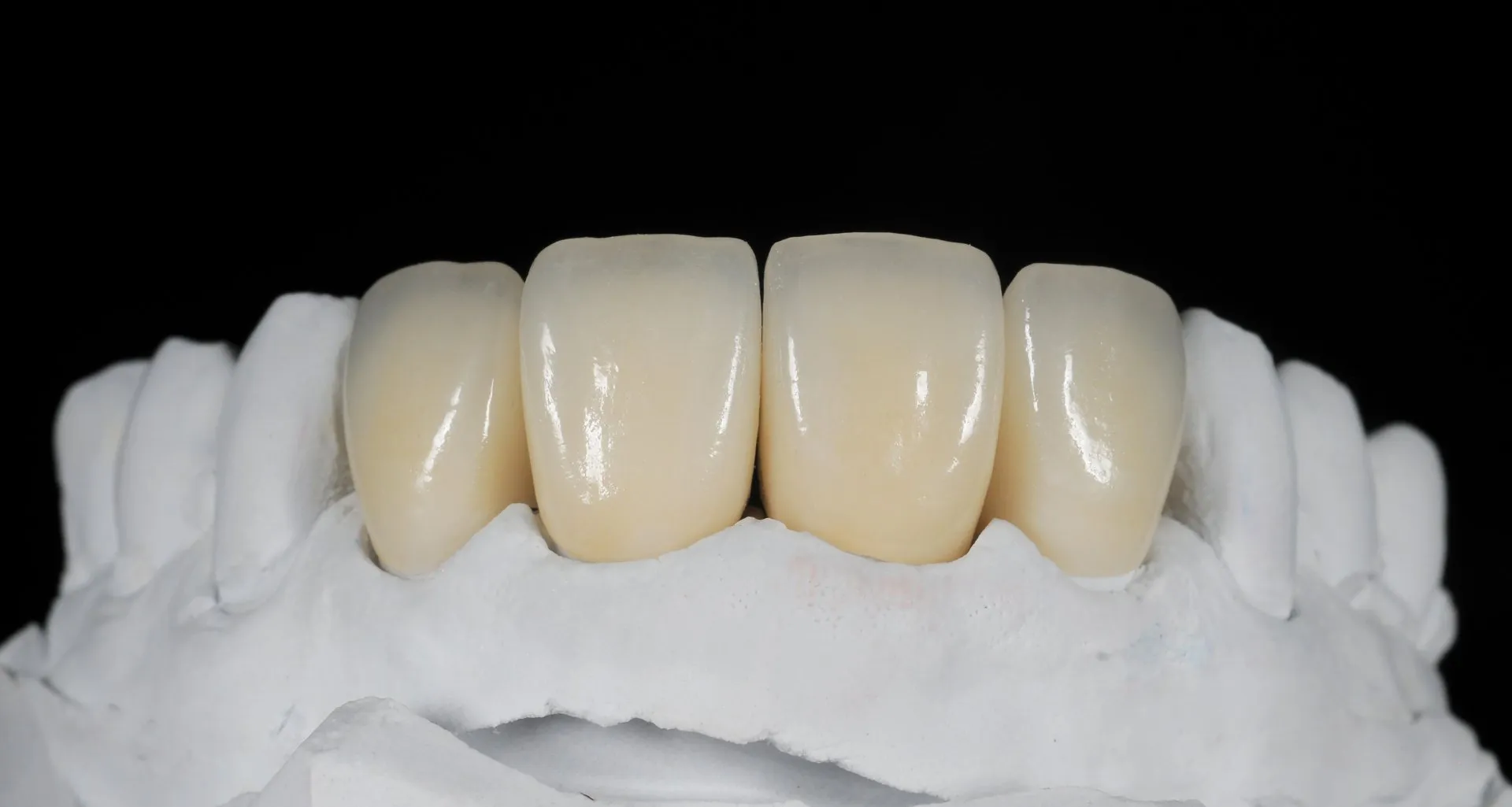Female Hair Transplant: FUE vs. FUT Techniques

When it comes to restoring hair, women have a variety of options to consider. Among the most popular are the Follicular Unit Extraction (FUE) and Follicular Unit Transplantation (FUT) techniques. These two methods have distinct advantages and considerations. Understanding the differences between FUE and FUT can help women make informed decisions about their hair restoration journey. This blog will explore the key differences between these techniques, their benefits, and what you should expect from each method.
What is Female Hair Transplant?
Female hair transplants in Islamabad are specialized procedures designed to address hair thinning or loss in women. This approach can be particularly effective for those experiencing androgenetic alopecia, traction alopecia, or other forms of hair loss.
FUE (Follicular Unit Extraction): This technique involves extracting individual follicular units from the donor area and transplanting them into the thinning or balding areas of the scalp.
FUT (Follicular Unit Transplantation): Also known as the strip method, FUT involves removing a strip of scalp from the donor area, dissecting it into follicular units, and then transplanting these units to the recipient area.
The choice between FUE and FUT largely depends on personal preferences, hair loss patterns, and the desired outcome. To get the best results for your hair restoration needs, consider visiting Royal Cosmetic Surgeries for a consultation.
FUE Technique: Advantages and Considerations
What is FUE?
Follicular Unit Extraction (FUE) is a minimally invasive hair transplant technique where individual hair follicles are extracted from the donor area and transplanted to the recipient area.
Advantages of FUE
Minimal Scarring: FUE involves small puncture wounds that heal quickly, resulting in minimal scarring compared to other methods.
Quicker Recovery: Patients typically experience a faster recovery period and less discomfort.
No Linear Scar: Unlike FUT, FUE does not leave a linear scar on the scalp, making it ideal for individuals who prefer shorter hairstyles.
Precision: The technique allows for precise placement of hair follicles, which can lead to a natural-looking hairline.
Considerations
Time-Consuming: FUE can be more time-consuming, especially for larger areas of hair restoration.
Cost: The procedure can be more expensive due to the precision and time required.
Potential for Follicle Damage: There is a risk of damaging hair follicles during extraction, which can affect the overall success of the transplant.
If you're considering an FUE hair transplant, Royal Cosmetic Surgeries offers expert consultation to ensure you receive the best care and results.
FUT Technique: Advantages and Considerations
What is FUT?
Follicular Unit Transplantation (FUT) involves removing a strip of scalp from the donor area, dissecting it into follicular units, and then transplanting these units into the thinning or balding areas.
Advantages of FUT
Higher Graft Yield: FUT can provide a higher number of hair follicles in a single session, making it suitable for patients with extensive hair loss.
Cost-Effective: Generally, FUT may be less expensive compared to FUE due to the nature of the procedure.
Consistency: The method can be more consistent in terms of graft quality and density, particularly for larger areas.
Considerations
Linear Scar: FUT leaves a linear scar at the donor site, which can be noticeable, especially with shorter hairstyles.
Longer Recovery: The recovery time may be longer compared to FUE, with potential discomfort at the donor site.
Potential for Stitches: Stitches are required for closing the donor area, which can add to the discomfort and recovery time.
Choosing FUT may be beneficial if you require a larger number of grafts and are comfortable with a linear scar. For personalized advice and high-quality results, consider Royal Cosmetic Surgeries for your FUT hair transplant needs.
Which Technique is Right for You?
The decision between FUE and FUT depends on various factors including:
Extent of Hair Loss: Larger areas of hair loss may benefit more from FUT due to the higher graft yield.
Scarring Concerns: If minimal scarring is a priority, FUE may be the preferred choice.
Budget and Time: Consider your budget and how much time you can dedicate to the procedure and recovery.
Personal Preferences: Your hairstyle preference and comfort with potential scarring should also be considered.
For a thorough evaluation and guidance tailored to your specific needs, Royal Cosmetic Surgeries is here to help you choose the best hair transplant technique.
Post-Procedure Care and Recovery
Regardless of the technique chosen, proper post-procedure care is crucial for optimal results.
Post-FUE Care
Avoiding Sun Exposure: Protect your scalp from direct sunlight to prevent pigmentation issues.
Gentle Washing: Use mild shampoos and avoid vigorous scrubbing.
Follow-Up Appointments: Regular check-ups with your surgeon to monitor progress.
Post-FUT Care
Scar Management: Follow the surgeon’s instructions for caring for the linear scar to minimize its visibility.
Pain Management: Over-the-counter pain relief may be recommended to manage discomfort.
Hair Washing: Avoid washing your hair for the first few days as directed by your surgeon.
Royal Cosmetic Surgeries offers detailed post-procedure care instructions to ensure a smooth recovery and optimal results.
Conclusion
Both FUE and FUT techniques offer effective solutions for female hair restoration, each with its unique advantages and considerations. The choice between these methods depends on individual needs, preferences, and hair loss patterns. For personalized advice and expert care, Royal Cosmetic Surgeries is dedicated to providing top-notch hair transplant services. Book a consultation today to find the best solution for your hair restoration journey.
Note: IndiBlogHub features both user-submitted and editorial content. We do not verify third-party contributions. Read our Disclaimer and Privacy Policyfor details.















